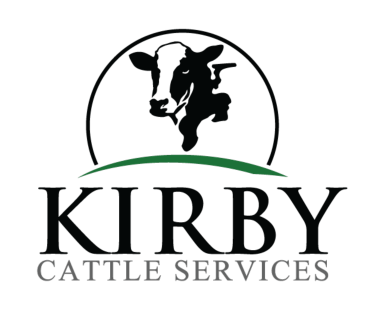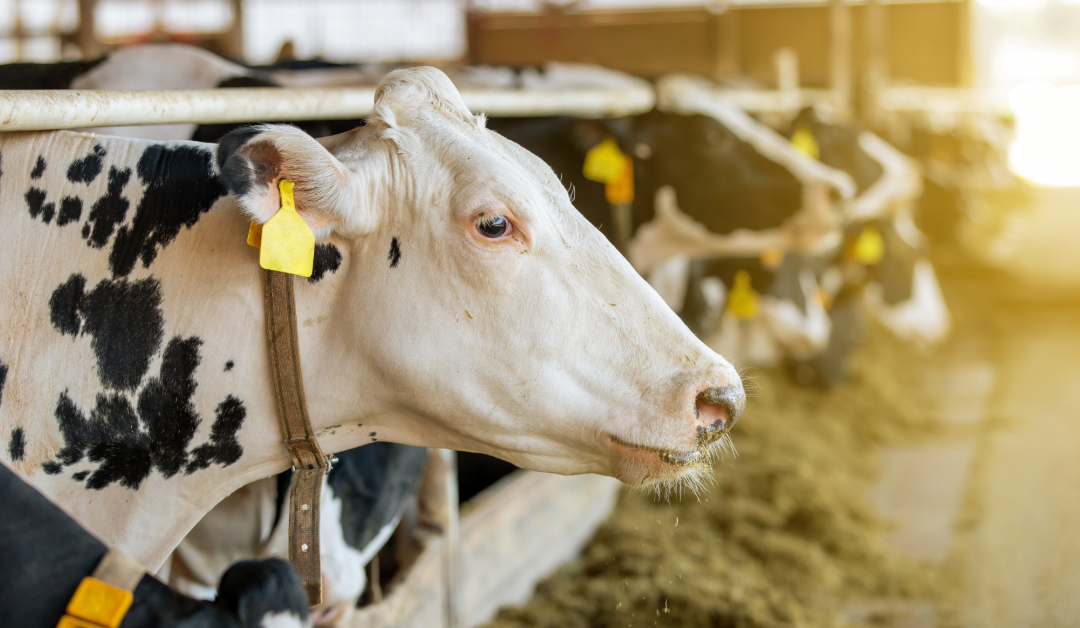When it comes to cattle flooring, there’s a lot of talk out there. Some of it’s good, some of it’s pure nonsense. As someone who’s been knee-deep in the cattle industry for years, I’ve seen all sorts of setups – the good, the bad, and the downright ugly. So, if you’re thinking about upgrading your cattle flooring, here’s a no-nonsense guide to the questions I hear most often.
Q: Why Should I Upgrade My Cattle Flooring?
A: Cattle flooring isn’t just a fancy add-on; it’s a practical investment. Good flooring can make all the difference in your cattle’s comfort, health, and productivity. If your cattle are constantly slipping, developing joint issues, or dealing with infections from poor drainage, it’s costing you money and causing them unnecessary stress. Quality flooring helps with traction, hygiene, and durability – it’s as simple as that.
Q: What Types of Flooring Are Out There?
A: You’ve got a few options. Concrete is the old-school choice – tough as nails, but can be slippery and unforgiving on joints. Rubber matting’s popular because it adds cushioning and grip, but it does wear out eventually. Then you’ve got slatted flooring, which helps with drainage but needs to be well-designed to avoid hoof injuries. Recently, there’s been a shift towards interlocking mats and specialised rubber flooring systems that offer better drainage and comfort.
Q: How Do I Know When It’s Time To Upgrade?
A: If you’re noticing more slips, joint issues, or infections, it’s a pretty big clue. Also, if you’re constantly having to clean up more mess than you think you should, that’s another sign your drainage isn’t up to scratch. Flooring that’s cracking, chipping, or just plain worn down needs replacing before it starts chipping into your cattle’s health and your wallet.
Q: What’s The Cost Involved?
A: It depends on what you’re after. Basic rubber mats are cheaper but might need replacing more often. High-quality interlocking systems, slat grooving, mini grooving, or custom slatted flooring solutions will cost more upfront but last longer and require less maintenance. Think of it as an investment – spend wisely now, and you won’t be constantly forking out cash for repairs and replacements.
Q: Can I Install It Myself?
A: If you’re handy and have the right tools, some systems are DIY-friendly. But here’s the thing – when you’re dealing with more advanced setups like slat grooving, mini grooving, or slatted flooring, it’s not worth taking chances. Getting a professional company involved is the only way to guarantee it’s done right. Proper installation is what makes all the difference between flooring that lasts a few months and flooring that goes the distance. That’s where Kirby Cattle Services steps in. We’re not just about quick fixes – we’re about providing tailored, high-quality flooring solutions that work for your setup and keep your cattle healthy for years to come. Trying to cut corners with installation will only hit your wallet harder down the line. Do it once, do it right, and let us help you get the best out of your investment.
Q: What’s The Best Option For My Farm?
A: There’s no one-size-fits-all answer. It depends on your setup, your budget, and what problems you’re trying to fix. The key is to choose something that’s durable, easy to clean, and provides good traction. Your cattle’s welfare should be the priority. We offer a consultation service to decide which flooring would be best fit for you.
Upgrading your cattle flooring can feel like a big task, but it’s one worth doing right. If you’re unsure about what’s best for your farm, don’t be afraid to ask questions and do your research. Better flooring means better cattle health, which means better productivity. And at the end of the day, that’s what your aiming for.
If you’ve got more questions or want some advice tailored to your setup, give me a shout. I’m always happy to chat about what works and what doesn’t when it comes to keeping cattle healthy and happy.

